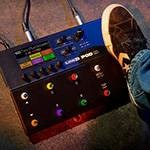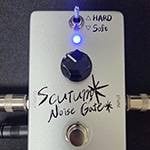I did something that everyone loves—reviving junk. This time,I would like to write about that.
What I’m going to put together this time is

Here it is (the pickguard is not included).
This is an old Tokai’ precision bass. Since it’s not a Spalogo, it might be a PB40 from around 1983-1986. There were only the bridge and end pin remaining on the body, so there’s not much to go on for identification.
Even so, the condition is quite good: the nut is intact with no unusual wear, the frets are in decent shape, and the tuners work smoothly. Although the paint, especially on the headstock, is in poor condition, the moving parts and string contact points are still functional, so at this point, it’s great. I plan to keep the paint as it is, thinking positively that it adds character.
Now, I just have to hope that the neck doesn’t develop any unusual warping.
Let's get started.
First, I'll start with the neck. The main tasks include overall cleaning the frets, and maintenance of the tuning pegs.
The most challenging part of the work was the tuning pegs.

The left is after cleaning. As you can see, the rust on the washers was severe… I took everything apart and polished it, and I’m amazed it was still working in that condition. I also tried to remove the tarnish, but I stopped short because the plating seemed like it might start coming off.
Then, I polished the frets and the nut just enough, and that’s it for the neck.
Next is the body. This involved overall cleaning, of course, but also included polishing the bridge, repairing mismatched screw holes, and working on the wiring—so it was quite a lot of work. Polishing the tuning pegs might have been more exhausting, but any woodworking tends to feel a bit heavy.
With these thoughts in mind, I continued with my work…

I cleaned the body and the bridge, and filled in the mismatched screw holes. I filled almost all of the screw holes, including those for the pickups. While polishing the body, I also observed the wood grain and it seems to be like Alder. It looks a bit more distinct than Basswood, with a more pronounced grain pattern.

I also quickly completed the wiring… (The pots are dirty because I used some second hand ones. It's not because I made a bunch of soldering mistakes!!!)

The body is now complete. It’s starting to look good.
After attaching the neck and finishing the adjustments…


The work is done! The string height is 2.0 mm for the 1st string and 2.5 mm for the 4th string at the 12th fret. It has become much easier to play. Although the neck is quite thick…
The parts I assembled are listed down below.
Pickup
Fender / Pure Vintage '63 Precision Bass Pickup
Knobs
Allparts / MK-0115-010 Chrome Barrel Knobs
Pickguard
Montreux / USA PB BLACK 3PLY [8164]
Strings
Rotosound / RS66LD Electric Bass Strings
And here are the items used for maintenance.
Polish
Ken Smith / PRO FORMULA POLISH Instrument Polish
Cloth
Morris / CLEANING CLOTH Cleaning Cloth
I also used Pikar compound and Zippo oil for cleaning (be careful when using it on lacquer finishes!).
The condition of the neck is also quite good and has maintained good condition. It's really fun to play with a slightly aggressive sound, especially when picking closer to the bridge.
Next, I'll focus on how to master fully utilizing this incredibly thick neck.





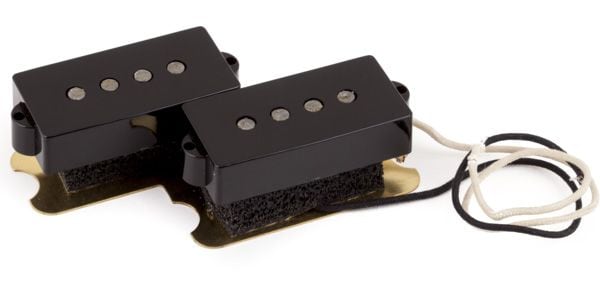
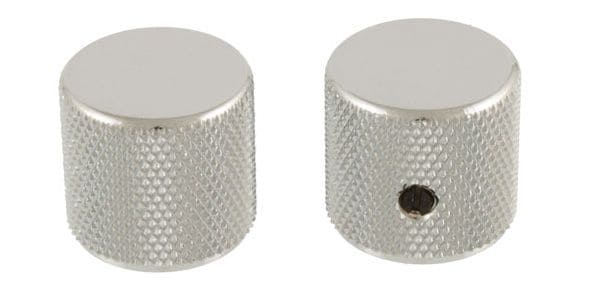
![Montreux / USA PB BLACK 3PLY [8164]](https://www.soundhouse.co.jp/images/shop/prod_img/m/montreux_8164.jpg)


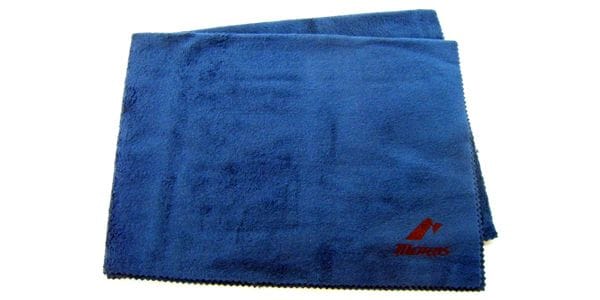


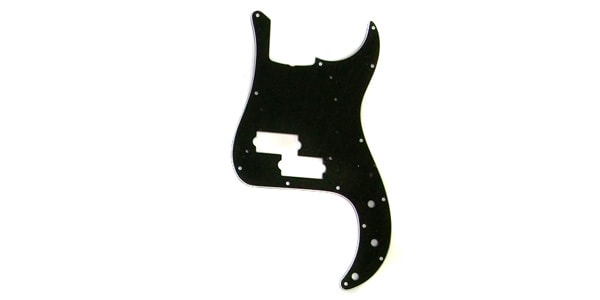
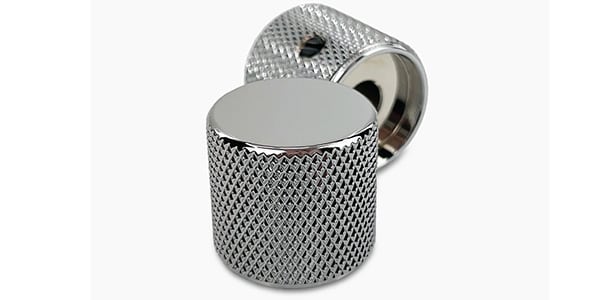



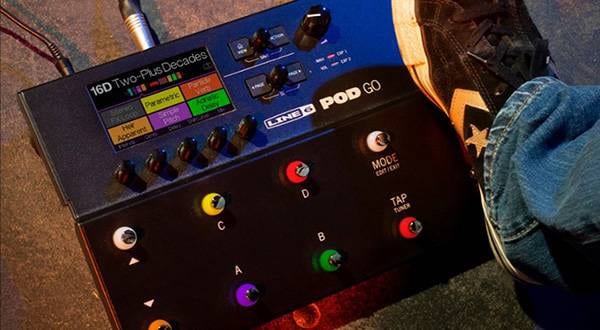
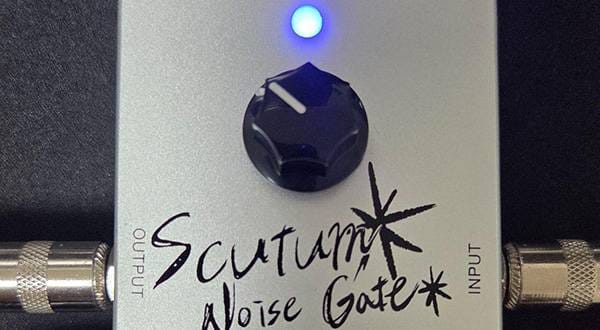
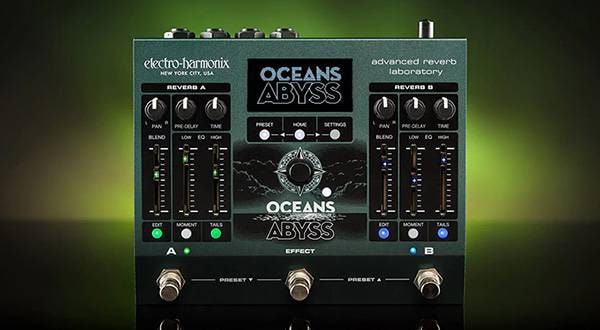

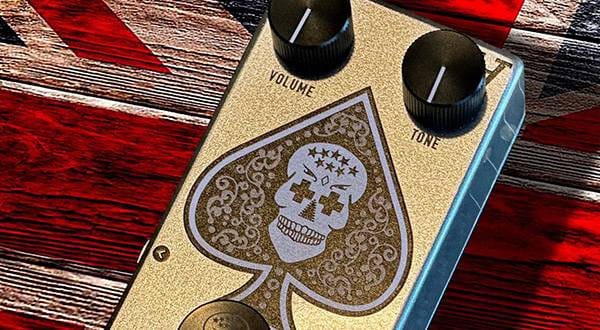
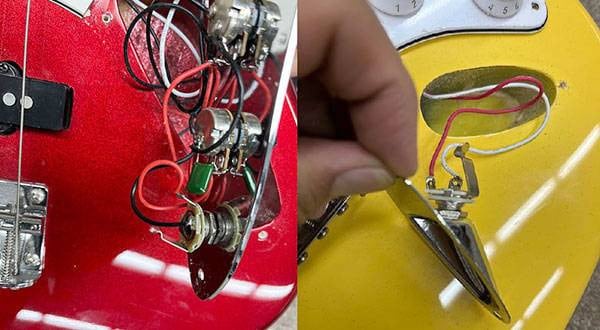
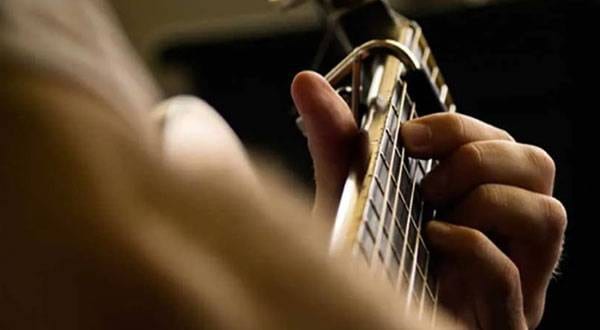
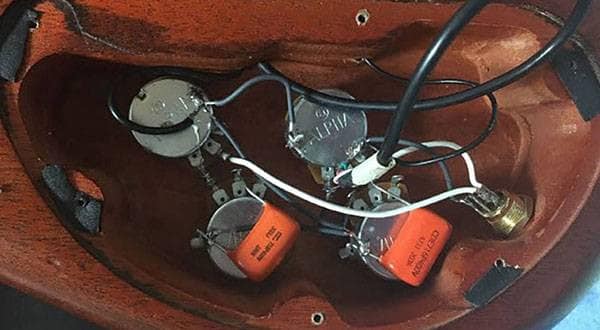
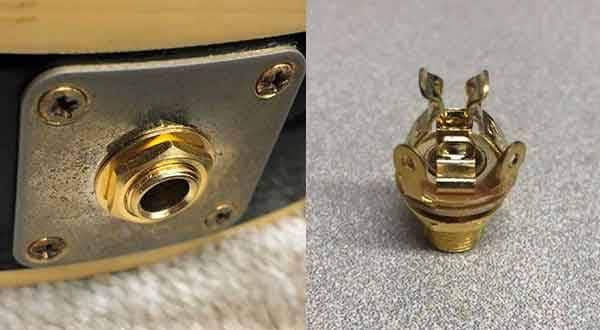
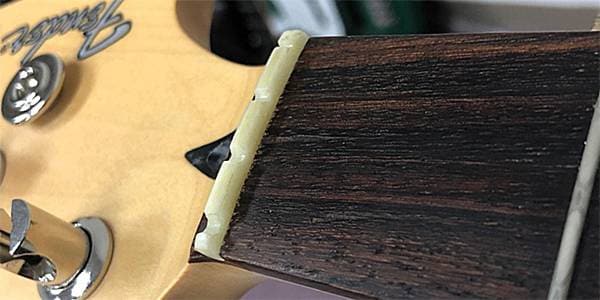
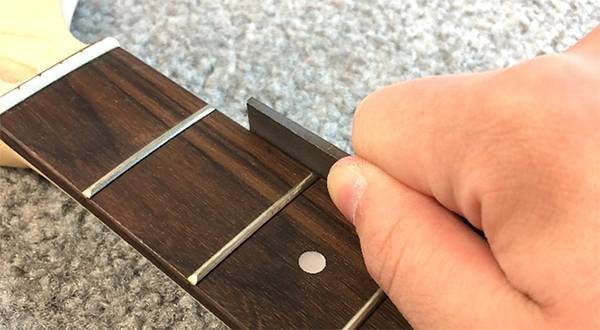
 ベース弦の張り替え方法
ベース弦の張り替え方法
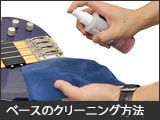 ベースのクリーニング方法
ベースのクリーニング方法
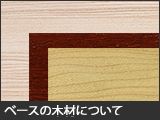 ベースの木材について
ベースの木材について
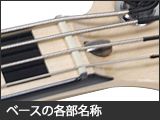 ベースの各部名称
ベースの各部名称
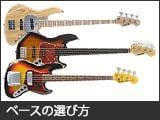 ベースの選び方
ベースの選び方
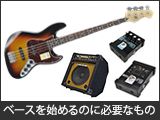 ベースを始めるのに必要なものは?
ベースを始めるのに必要なものは?
